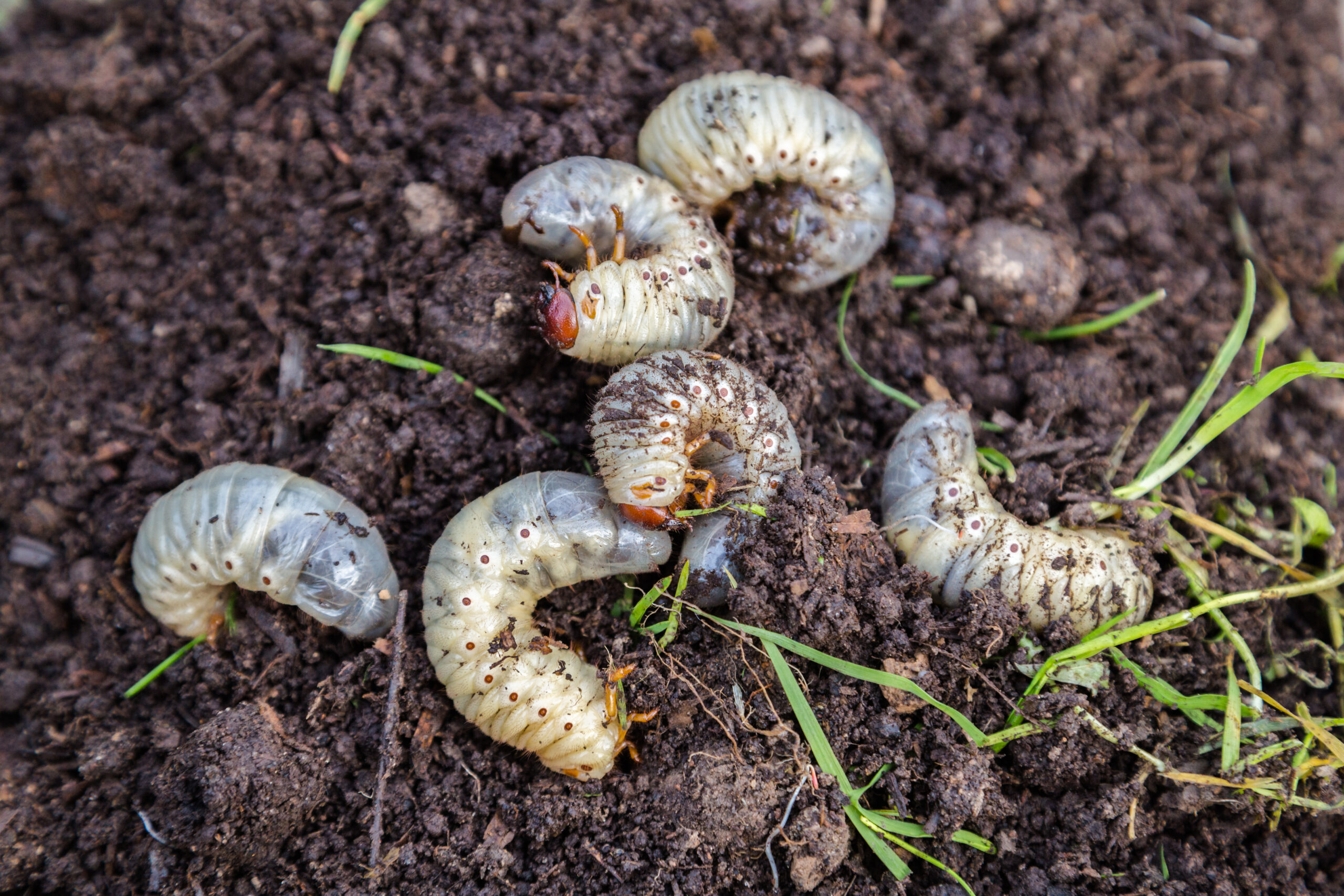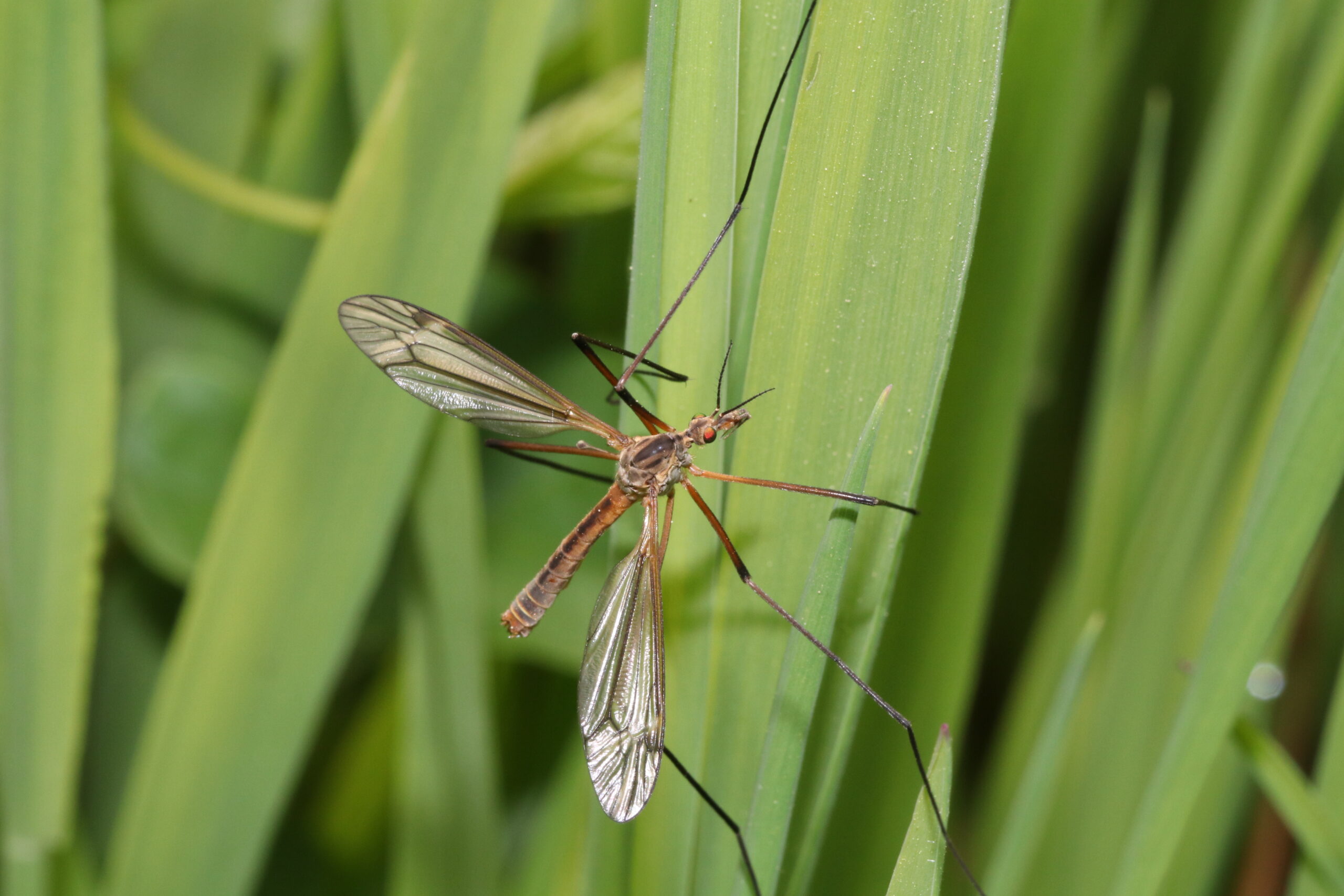Flag on the Play: 3 Common Football Pests
Flag on the Play: 3 Common Football Pests
Whether you’re a die-hard football fan or you’re simply here for the food and commercials, Super Bowl Sunday is an undeniably big day. But one factor that can definitely take the fun out of the experience is the presence of pests. Just because we’re still in winter doesn’t mean that insects and rodents are taking a vacation from eating through our yards. This also translates to football fields, as the grass and turf are very appealing to some hungry pests. Let’s look at some of the most common pests that invade football fields and how they threaten the health of these carefully-maintained landscapes.
White Grubs

Surprisingly, this is one of the most common pests found on football fields. White grubs love to eat and live underneath turf, creating a safety hazard for the players. These grubs eat everything close to the surface, which causes the top to be loose and slide around. The players may slip if they happen to catch the section that has been eaten away by grubs. And since the grubs also eat the roots of any turf grass, they can cause the remaining roots to dry out and not retain the water and nutrients it receives.
If the turf is past the point of no return where it cannot rejuvenate after being eaten, there will be a patch of dried turf. Dry patches are not the most rare feature of a giant field, but they are signs of either an underground pest invasion or a serious lack of water. White grubs start to be a problem in the dead of summer. This is because they overwinter deep into the turf as larvae. They emerge as idle pupae for a little while in the spring, then burrow once again until July when they finally come out as a fully-grown beetle. That’s right: white grubs later become scarab beetles, like Japanese beetles. The adults cause further problems for plants and trees by devouring the leaves and nectar.
Since white grubs spend almost their entire lives underground, they can be difficult to control and prevent. A well-kept field that is regularly watered should be able to resist the attacks of grubs and won’t face as many health risks as a forgotten field.
Mosquitoes

Ah, the mosquito. One of the most frustrating pests we know, especially since they’re common in just about every region. They are frequently seen during night games and practices. This is because mosquitoes do most of their feeding during dusk and nightfall. Of course, when we say “feeding,” we are referring to the blood-centered diets of female mosquitoes. Male mosquitoes only consume flower nectar, while female mosquitoes seek warm blood when they need protein for their eggs.
Speaking of eggs, this is one of the reasons why some locations have larger mosquito populations than others. If there is any volume of still water in the area, mosquitoes will likely lay their eggs in there. It can be a river, lake, pond, large puddle, or collected water on tarps or in buckets. Mosquitoes also lay their eggs in damp soil when they are desperate, so a field that receives too much water may also attract them.
Mosquitoes are notably more active when it is hot outside. The warm months are still to come, so we won’t see many mosquitoes until about mid-spring. These pests also love humidity and are more prevalent in naturally humid regions. They are commonly seen around sporting events for a couple of reasons. One is that they are attracted to carbon dioxide, which is exhaled in greater quantities from people who are exercising or cheering a lot. Another reason is that mosquitoes have infrared vision for focusing on warm-blooded beings, who are more obvious on a giant field.
If you are going to an evening football game as a player, coach, or fan, remember your bug spray! The ones with DEETs are the best at actually repelling biting insects because these are the chemicals that stop them from finding their prey easily. It doesn’t matter which specific bug spray you use, but check the packaging for this active ingredient to make sure it will actually do its job in repelling mosquitoes.
Crane Flies

Speaking of mosquitoes, these pests look like giant mosquitoes straight out of a nightmare. But in reality, crane flies don’t bite or sting at all. They come out in warm weather to feed on a football field’s grass or turf, and any stage of their life is prime time for devouring the green. Although there’s only one generation of crane flies born per year, they are plentiful enough to cause problems for the football field they live within.
The fall is one of the busiest seasons for the crane fly because they emerge as adults from the soil to eat more of the grass. In addition to enjoying the field as their food, adult crane flies also play the field by mating and laying eggs after less than 24 hours of being visible. The new generation will hatch and overwinter in the soil as larvae, or leatherjackets. This is also why crane flies are such a problem, since any pest that overwinters as a group is a springtime nuisance from day one.
Crane flies stunt the growth of any natural turf. Leatherjackets cause the most damage of any stage because they devour the grass. Since they eat everything from the roots to the tips of the grass, crane fly larvae can cause a whole patch of grass to look “off” based on how much was eaten. The patches are most obvious in the spring after the larvae fed on the turf for a while. Dry patches are not always a sign of crane flies, since this issue could be caused by a lack of water, fertilization, or weeding.
Thankfully, crane flies are naturally controlled by both the cold and carnivorous animals. Freezing temperatures are enough to eliminate any pest that isn’t completely sheltered, hence why we don’t see many outdoor insects in the winter. Larger critters like birds, spiders, and bats will make quick work of any crane flies that mistakenly left their underground habitat too soon.
Score a Touchdown with Green!
Even if you don’t have a football field-sized piece of property, there are plenty of pests that would love to invade your home this time of year. Houses and buildings are currently warmer than the outdoors, so pests see indoor spaces as ideal shelters. This is why pest control services are a year-round essential! At Green Pest Services, our experienced technicians are dedicated to solving your pest problems long after the Super Bowl ends. We only use treatments that are guaranteed effective against pests yet safe for people, pets, and the ecosystem. Contact us to learn more about how we will keep your home pest-free as the February frost melts into a (hopefully) warm spring.
Citations
AB Staff. (1999, December 31). Keeping pests away from athletic fields. Athletic Business. Available at https://www.athleticbusiness.com/home/article/15140299/keeping-pests-away-from-athletic-fields (Accessed on October 18, 2022).
Collins, O. (2021, November 16). Keeping pests away from your field: 5 tips. Amplified Soccer. Available at https://www.amplifiedsoccerathlete.com/coachguide/keeping-pests-away-from-your-field-5-tips (Accessed on October 18, 2022).
Crane flies. (2009, September). UC IPM. Retrieved October 18, 2022, from https://www2.ipm.ucanr.edu/agriculture/turfgrass/Crane-Flies/
Insect management. (n.d.). Cornell Cals Sports Field Management. Retrieved October 18, 2022, from https://safesportsfields.cals.cornell.edu/pests/insect-management/
8 Creative Ways to Have a Pest-Free Fourth of July
8 Creative Ways to Have a Pest-Free Fourth of July 8 Creative Ways to Have a Pest-Free Fourth of July Summary: The Fourth [...]
A Simple Guide to Preventing Stinging Pests
A Simple Guide to Preventing Stinging Pests A Simple Guide to Preventing Stinging Pests Summary: Stinging insects are more active in warm weather, [...]
These 10 Natural Mosquito Repellents Can Actually Help
These 10 Natural Mosquito Repellents Can Actually Help These 10 Natural Mosquito Repellents Can Actually Help Summary: Natural mosquito repellents are easier to [...]
How to Get Rid of Carpet Beetles
How to Get Rid of Carpet Beetles How to Get Rid of Carpet Beetles Summary: Carpet beetles are sneaky pests that don’t usually [...]
How Do Roaches Affect Asthma and Allergies?
How Do Roaches Affect Asthma and Allergies? How Do Roaches Affect Asthma and Allergies? Summary: It’s no secret that pests impact human health, [...]
These 5 Carnivorous Pests Might Surprise You!
These 5 Carnivorous Pests Might Surprise You! These 5 Carnivorous Pests Might Surprise You! Summary: There are many eco-friendly ways to prevent pests, [...]

